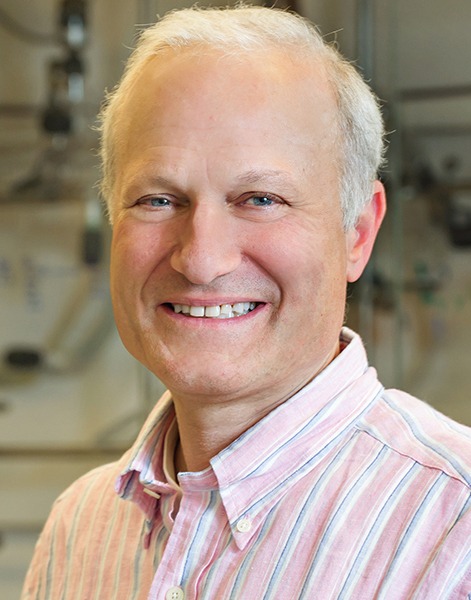New antibiotic active against MRSA and anthrax
Researchers at the University of Michigan and the National Biodiversity Institute (INBio) in Costa Rica have discovered a new antibiotic that is active against both Methicillin-resistant Staphylococcus aureus (MRSA) and anthrax in laboratory tests.
David Sherman of the Life Sciences Institute found that a new class of compounds extracted from marine microorganisms from Costa Rica’s eastern Pacific waters decreased the virulence of both MRSA and anthrax. The findings were published in the Journal of the American Chemical Society.
“Bacteria that cause serious human infections are developing resistance to available antibiotics at an alarming rate, but discovery of new drugs has declined,” Sherman said. “We think we’ve found a new way to attack dangerous infections like MRSA by using a novel target that limits the microbe’s virulence.”

The compounds were discovered after Sherman screened a library of natural products derived from Costa Rica, Panama and Papua New Guinea in the LSI’s Center for Chemical Genomics. The researchers were looking for a compound to inhibit a critical enzyme that generates a virulence factor (siderophores) in the infectious bacteria. Siderophores allow the pathogens to scavenge iron—critical for the infectious bacteria’s survival and growth—from the host’s body. Without siderophores, the bacteria die, so inhibiting their production could be a new way to fight infections that are resistant to available drugs.
“We went after a target based on highly potent virulence factors — siderophores,” Sherman said. “We first knocked out the genes that made the siderophores, and once we knew which genes those were, we had our critical target. With that information, we screened for molecules that could inhibit that target and stop the production of the virulence factors.”
Scientists classify bacteria into two groups based on the structure of the cell wall, which can be determined using a technique called Gram staining. Most antibiotics are active against either Gram-negative or Gram-positive bacteria, but not both. “We were hoping to find something active against both types of pathogenic bacteria,” Sherman said.
The researchers first selected for activity against Bacillus anthracis and Staphylococcus aureus, which are both Gram-positive. “Both are significant threats to human health,” Sherman said.
MRSA infections cause more than 180,000 deaths a year in the U.S. Bacillus anthracis is a potential bioterror agent for which a limited number of antibiotics are available. "We had 33 hits in the screen against one, and 22 hits against the other,” Sherman said. “And we had one that was effective against both.”
However, the researchers then tested a series of Gram-negative bacteria, some of which cause pneumonia, meningitis, gastrointestinal disorders and other serious infections, and that are also increasingly resistant to available antibiotics.
“We were surprised that these new natural product molecules are active against both types of pathogenic bacteria,” Sherman said. “It’s a rare example of a broad-spectrum antibiotic.”
Sherman and his colleagues at INBio named the new antibiotics baulamycin A and B to commemorate Las Baulas National Marine Park, located in the Tempisque Conservation Area, Guanacaste Province of Costa Rica where he collected the microorganisms that produce these new anti-infective agents.
“The findings provide proof-of-concept that drugs attacking the production virulence factor sidephores could work as effective antibiotic drugs,” Sherman said.
In the natural world, the microorganisms that produce baulamycin only make very small amounts, so Sherman and his collaborators will be working both on improving the bacterium that generates the baulamycins, and also on synthesizing baulamycin A to make larger quantities and to refine the molecule to make it more potent.
David Sherman is a faculty member in the Life Sciences Institute, where his lab is located. He is also the Hans W. Vahlteich Professor of Medicinal Chemistry and associate dean for research and graduate education in the College of Pharmacy at the University of Michigan.
Go to Article
Baulamycins A and B, broad-spectrum antibiotics identified as inhibitors of siderophore biosynthesis in Staphylococcus aureus and Bacillus anthracis, Journal of the American Chemical Society. DOI: 10.1021/ja4115924


